Our brains are not static engines running on autopilot they are living, pulsing systems in constant motion. Every moment, billions of neurons fire and rewire in ever-changing patterns. This dynamic dance is what scientists call brain signal variability (BSV) a measure of how flexibly your brain shifts its activity in response to what’s happening inside and around you.
BSV is more than just noise it’s the secret to mental agility, creativity, and emotional balance. When your brain hovers at just the right level of variability, known as neural criticality, it operates at its best: ready to learn, adapt, and innovate. And when it briefly enters an even more energetic mode called supercriticality, it can unlock powerful bursts of insight and growth.
Understanding Neural Criticality: The Brain’s Dynamic Balance
Imagine your brain balancing on a tightrope between two extremes perfect order on one side and total chaos on the other. Too much order, and thoughts become rigid; too much chaos, and ideas scatter uncontrollably. Neural criticality is that “sweet spot” in between where your brain is both stable and flexible, structured yet spontaneous.
Neuroscientists have found that this balance point is where the brain processes information most efficiently. It’s where ideas flow, creativity peaks, and adaptability thrives. But the brain doesn’t stay there all the time it moves between three natural states, depending on what’s needed:
-
Subcritical (Calm and Stable):
The brain operates quietly and efficiently, ideal for rest, reflection, and recovery. -
Critical (Balanced and Adaptive):
Neural networks strike harmony between structure and freedom perfect for problem-solving and deep learning. -
Supercritical (Energetic and Exploratory):
Neural activity becomes highly variable and creative. It’s an inspired burst of possibility powerful when short-lived, but draining if prolonged.
Throughout each day, your brain moves fluidly between these states resting, learning, and innovating in rhythm.
Brain Signal Variability (BSV): The Signature of a Flexible Mind
Brain signal variability measures how much your brain’s electrical activity changes over time. A healthy, adaptable brain shows rich variability neither too flat nor too erratic.
Think of it like an orchestra: a rigid brain plays the same tune over and over, while a chaotic brain makes random noise. The optimal brain, however, improvises balancing repetition with exploration.
When BSV is balanced, you experience:
-
Mental agility – the ability to switch between tasks and ideas with ease.
-
Creativity – novel connections emerge as networks reorganise fluidly.
-
Resilience – the brain adjusts to challenges and recovers quickly from stress.
But when variability becomes too low, the mind feels stuck and dull. Too high, and thoughts scatter. The key is maintaining that “critical” range enough movement to stay flexible, but enough order to stay grounded.
Why Supercriticality Matters: The Spark of Innovation
Supercriticality is the brain’s high-energy mode a temporary surge of variability that shakes up old patterns and encourages new connections. It’s like opening all the windows in a stuffy room to let fresh air in.
In this state, neural networks reorganise rapidly, allowing insights and associations that are hard to reach in calmer modes. You might recognise this as those flashes of “aha!” the moments of creativity that feel almost electric.
Supercritical bursts are particularly valuable in:
-
Creative problem-solving: Generating novel solutions when logic alone hits a wall.
-
Learning breakthroughs: Strengthening plasticity the brain’s ability to form new pathways.
-
Adaptation under pressure: Enabling quick, flexible responses to changing environments.
However, just as an engine can overheat, the brain can’t stay in supercritical mode for long. Extended overstimulation leads to burnout, mental fatigue, and disorganisation. That’s why balance and recovery is crucial.
Balancing Brain States for Optimal Performance
The healthiest, most adaptable brains don’t live in one state they cycle through them:
-
Subcritical for restoration and memory consolidation.
-
Critical for engagement, learning, and decision-making.
-
Supercritical for bursts of creativity and exploration.
This oscillation mirrors the natural rhythm of a well-regulated mind rest, activity, and renewal. Too much time in any one zone disrupts the system. True mental performance depends on fluid movement across all three.
Also read - The Quiet Power of Subcriticality
How to Support Healthy Neural Variability
While terms like “neural criticality” might sound abstract, supporting brain balance can be remarkably practical. These science-backed habits can help regulate your brain’s variability in daily life:
1. Challenge Your Mind Regularly
Take on new learning experiences solve puzzles, learn a language, explore music. Novelty sparks neural flexibility and boosts BSV.
2. Practise Mindfulness or Meditation
Mindful awareness helps the brain shift smoothly between activity and rest. It stabilises neural patterns without suppressing variability.
3. Move Your Body
Physical activity increases oxygen flow and encourages dynamic brain signalling, improving adaptability and cognitive clarity.
4. Prioritise Rest and Deep Sleep
Recovery is where neural recalibration happens. Deep sleep restores subcritical calm and primes the brain for the next day’s challenges.
5. Engage in Creative Play
Art, writing, or improvisation gently nudges the brain into short supercritical bursts energising creativity without overwhelming the system.
Supercriticality and the Creative Mind
Many artistic and scientific breakthroughs are born in brief supercritical moments when the brain’s normal filters loosen, allowing unexpected connections to form.
This is the neurological foundation of “flow” a temporary state of heightened focus and effortless creativity. The key is containment: allowing energy to rise, but guiding it with awareness. Like a spark in a safe space, supercriticality ignites innovation without burning stability.
The Harmony of a Flexible Brain
At its best, the human brain is not a fixed machine but a dynamic ecosystem. It breathes between calm, balance, and intensity each state serving a purpose.
Moments of supercriticality open doors to new ideas; critical balance keeps those ideas grounded; subcritical calm restores the energy to begin again.
When we learn to move gracefully through this rhythm, we access the full range of human potential focused yet open, disciplined yet inspired, calm yet alive.
References
-
Beggs, J. M., & Timme, N. (2012). Being critical of criticality in the brain. Frontiers in Physiology, 3, 163.
-
Cocchi, L., Gollo, L. L., Zalesky, A., & Breakspear, M. (2017). Criticality in the brain: A synthesis of neurobiology, models and cognition. Progress in Neurobiology, 158, 132–152.
-
Garrett, D. D., Kovacevic, N., McIntosh, A. R., & Grady, C. L. (2010). Blood oxygen level-dependent signal variability is more than just noise. Journal of Neuroscience, 30(14), 4914–4921.
-
Shew, W. L., & Plenz, D. (2013). The functional benefits of criticality in the cortex. Neuroscientist, 19(1), 88–100.
-
Deco, G., & Jirsa, V. K. (2012). Ongoing cortical activity at rest: criticality, multistability, and ghost attractors. Journal of Neuroscience, 32(10), 3366–3375.



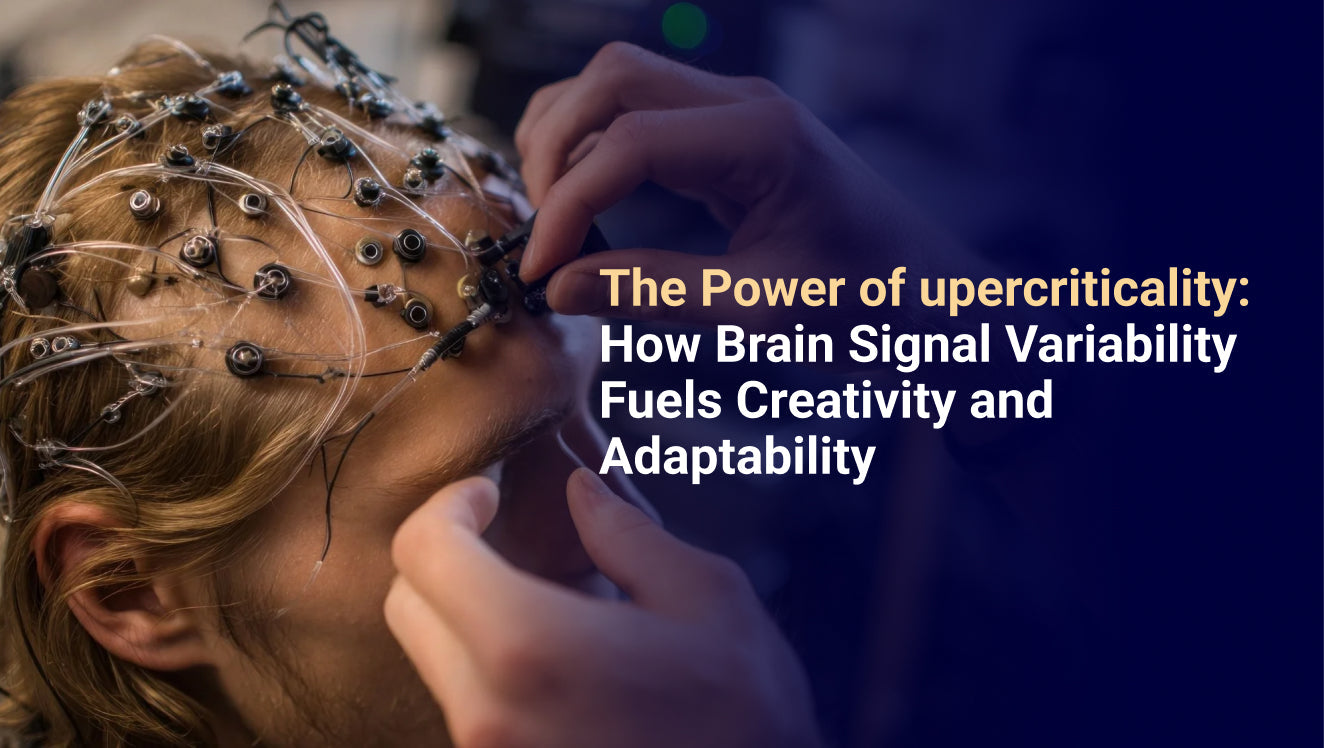





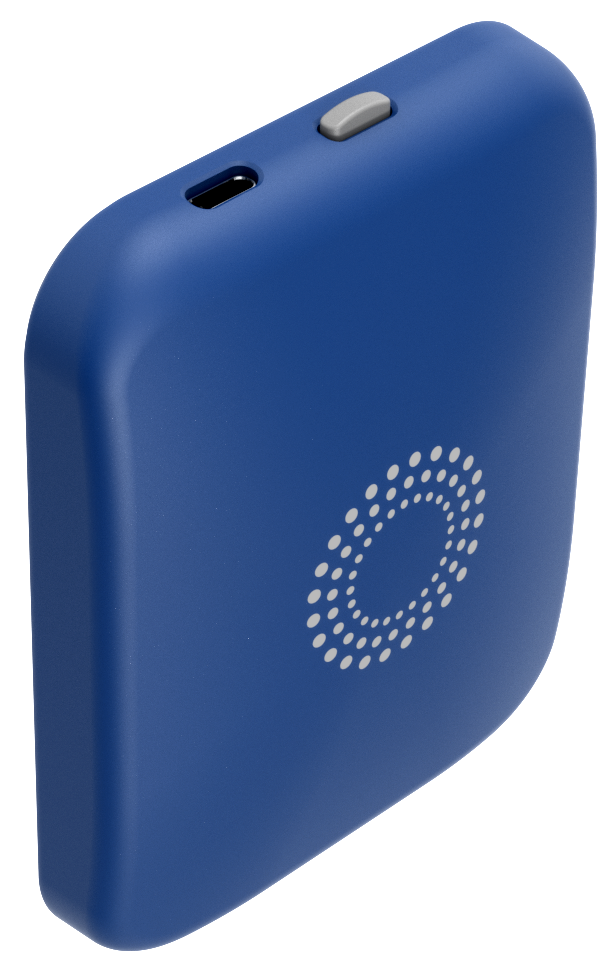
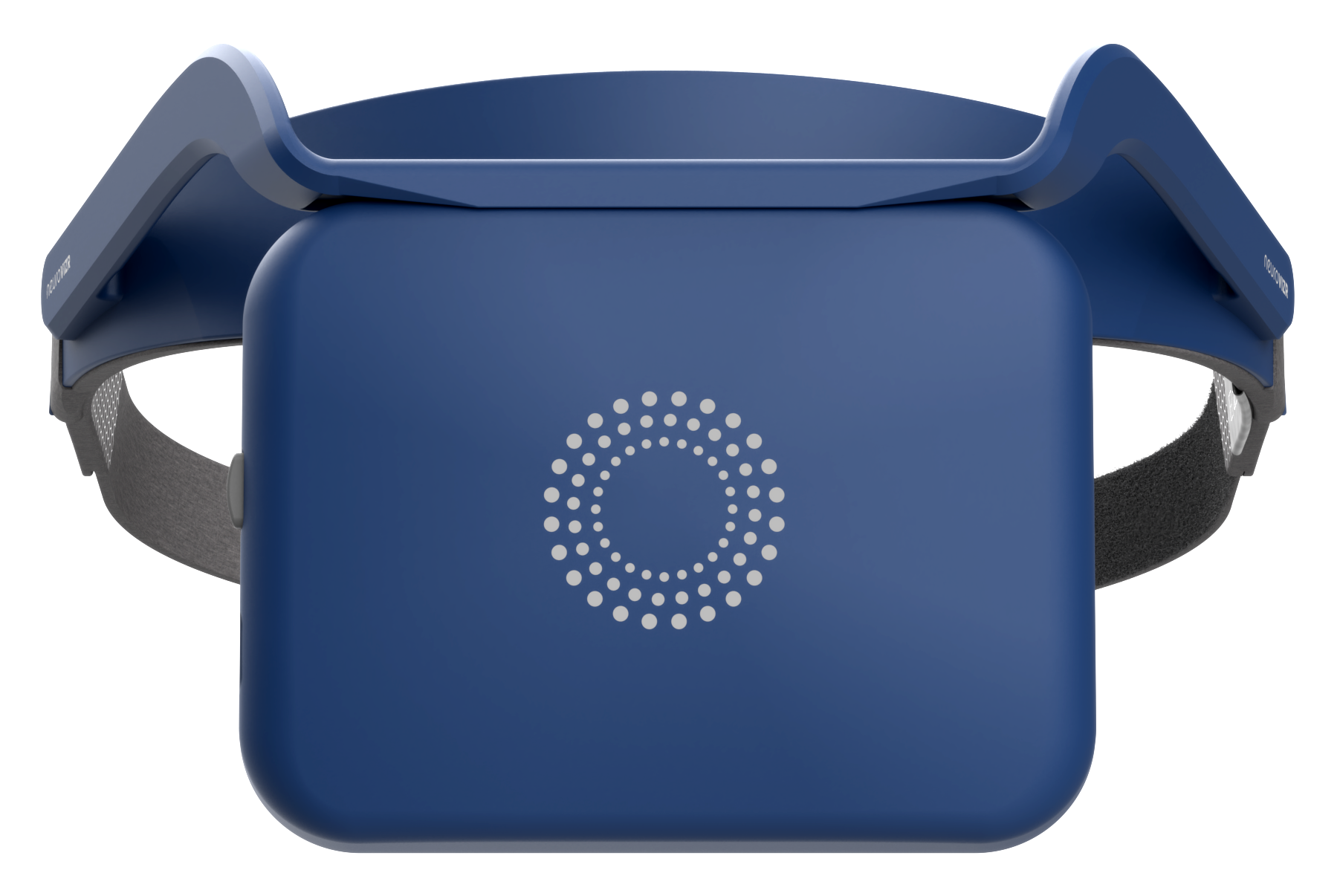


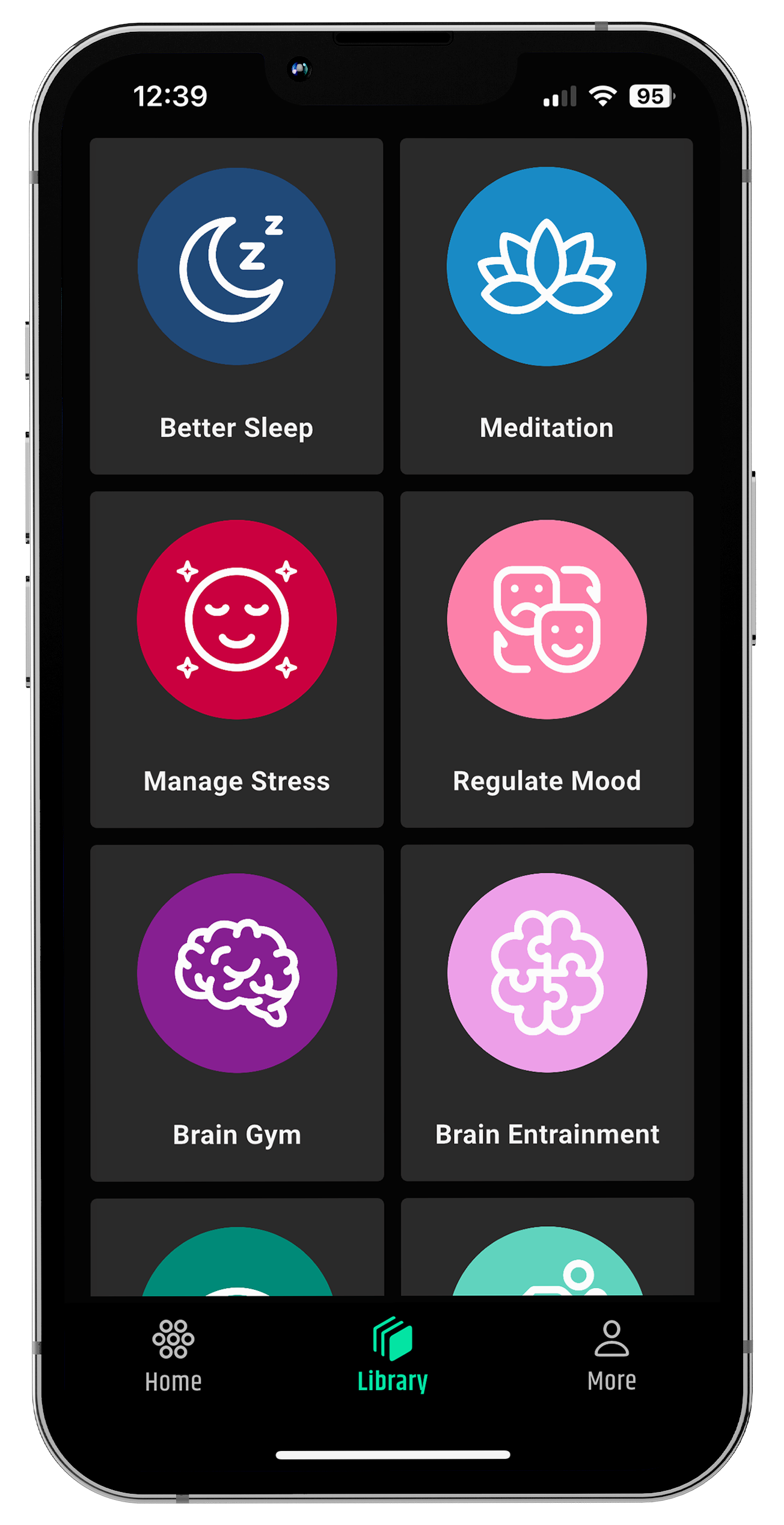
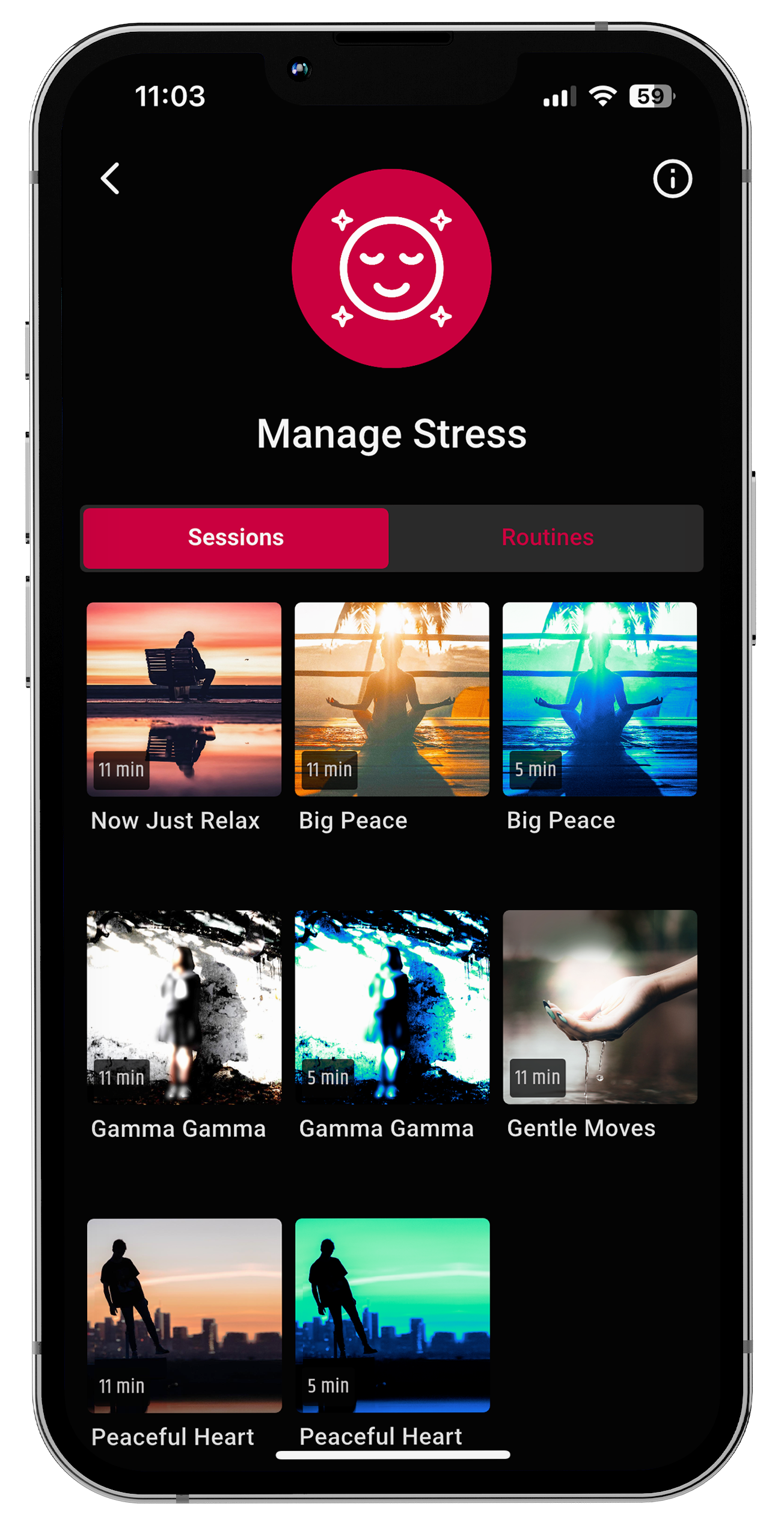
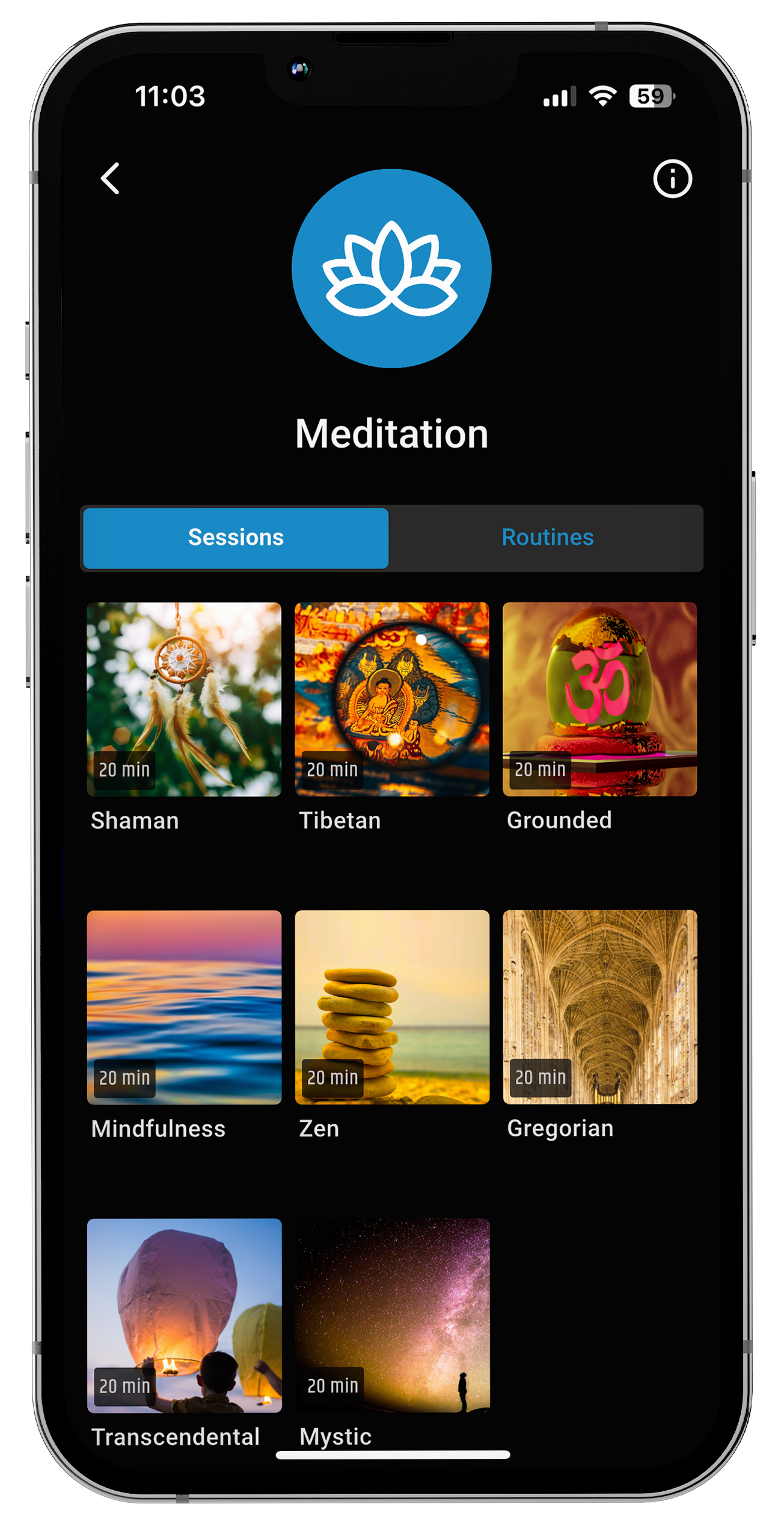
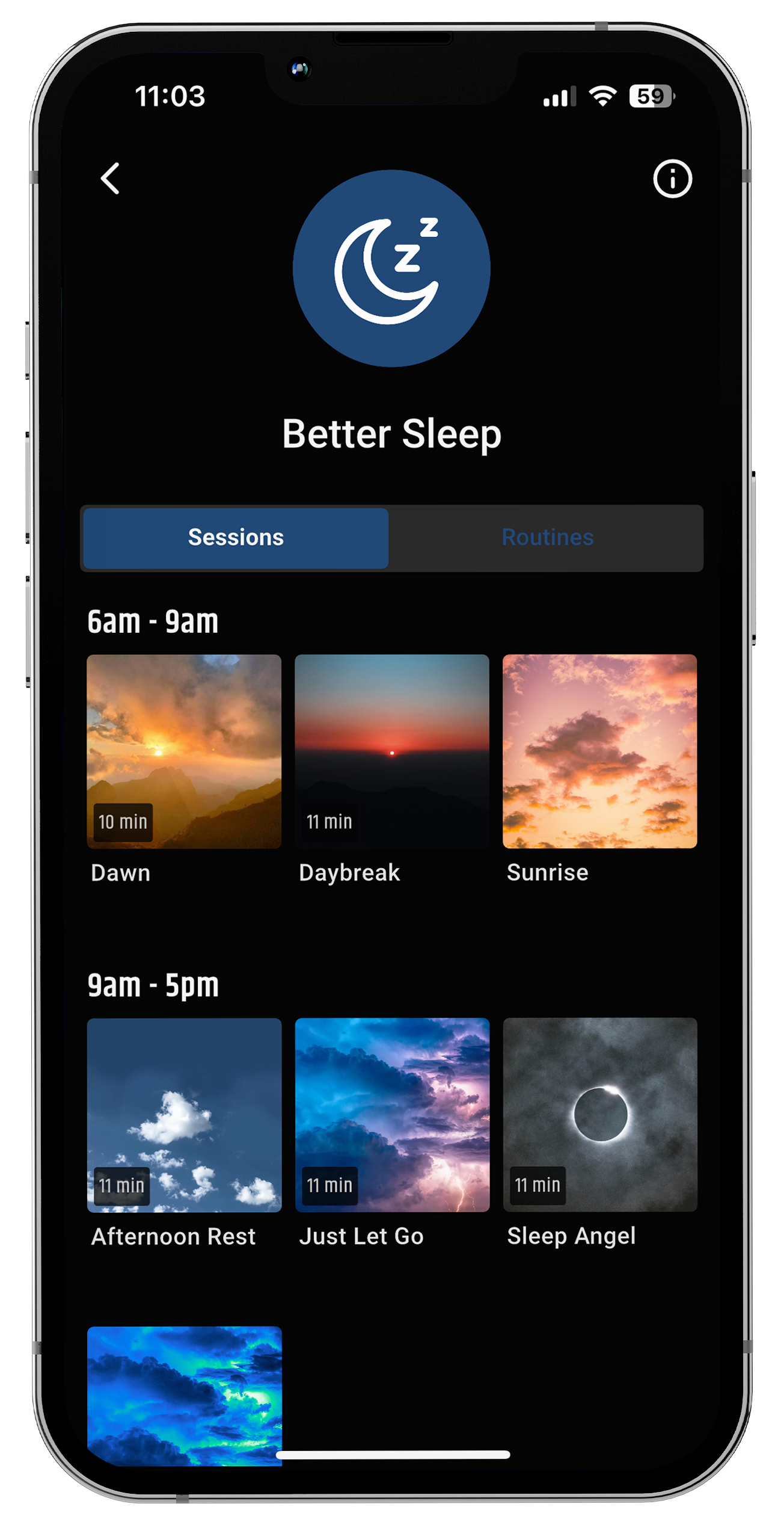
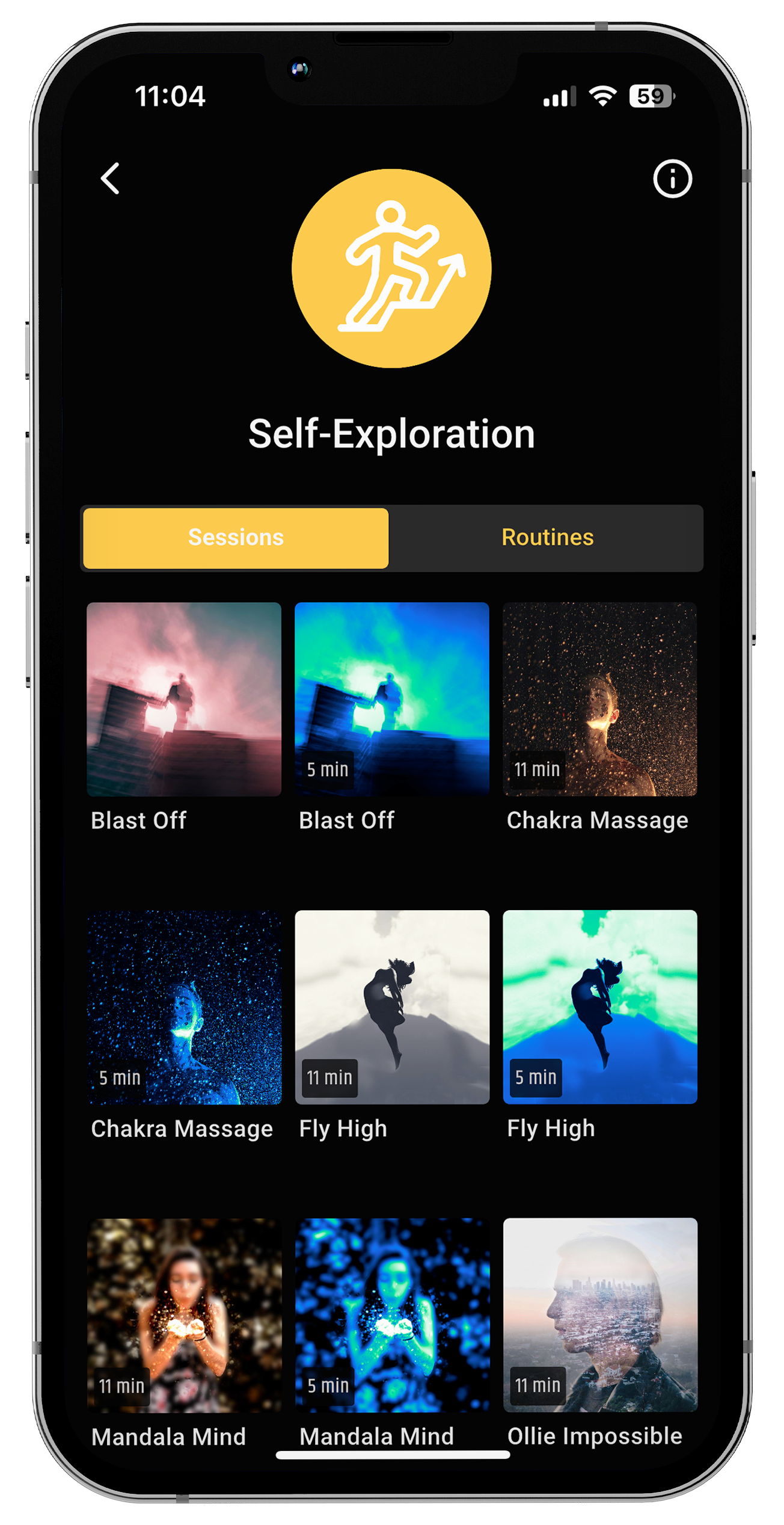
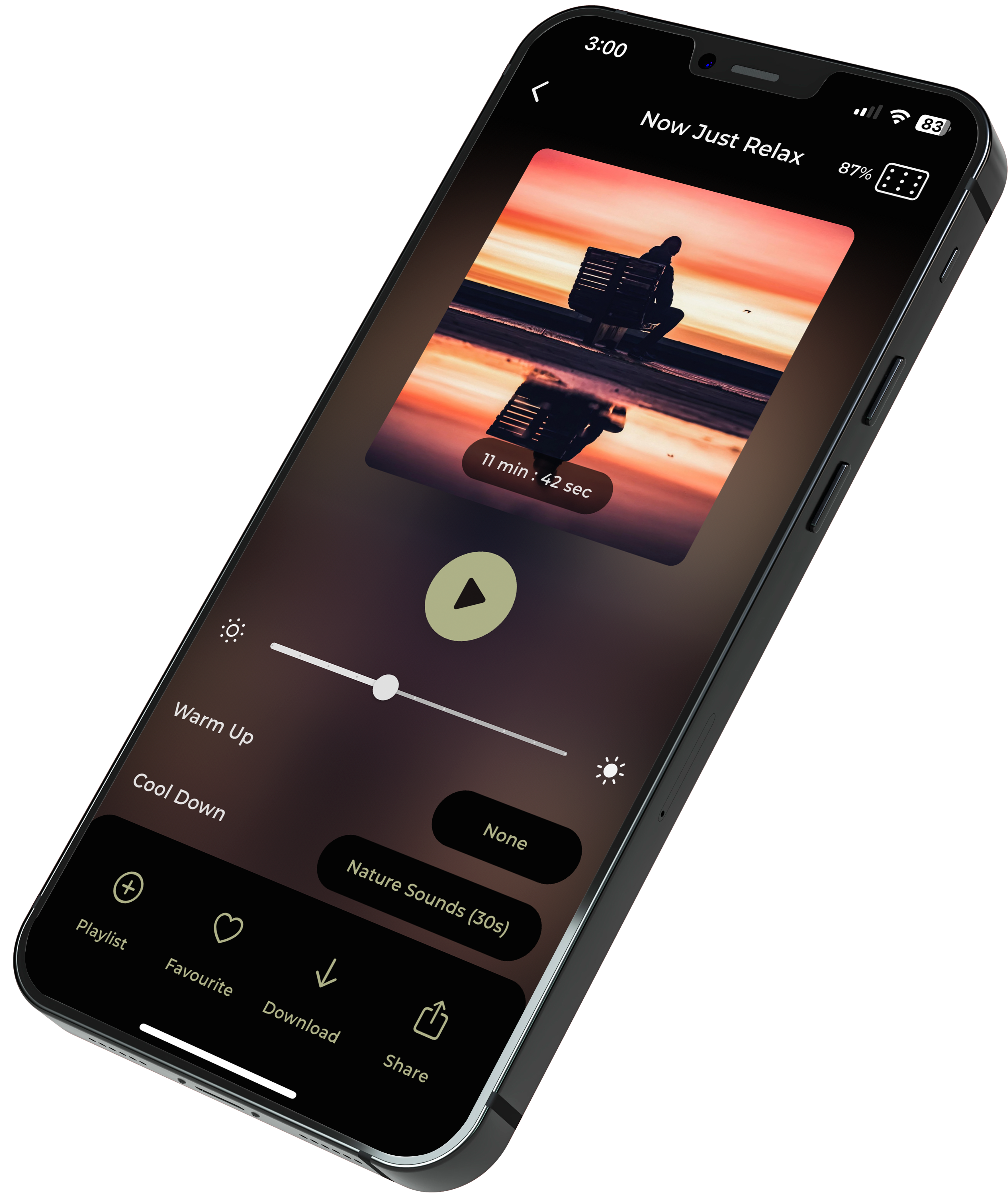







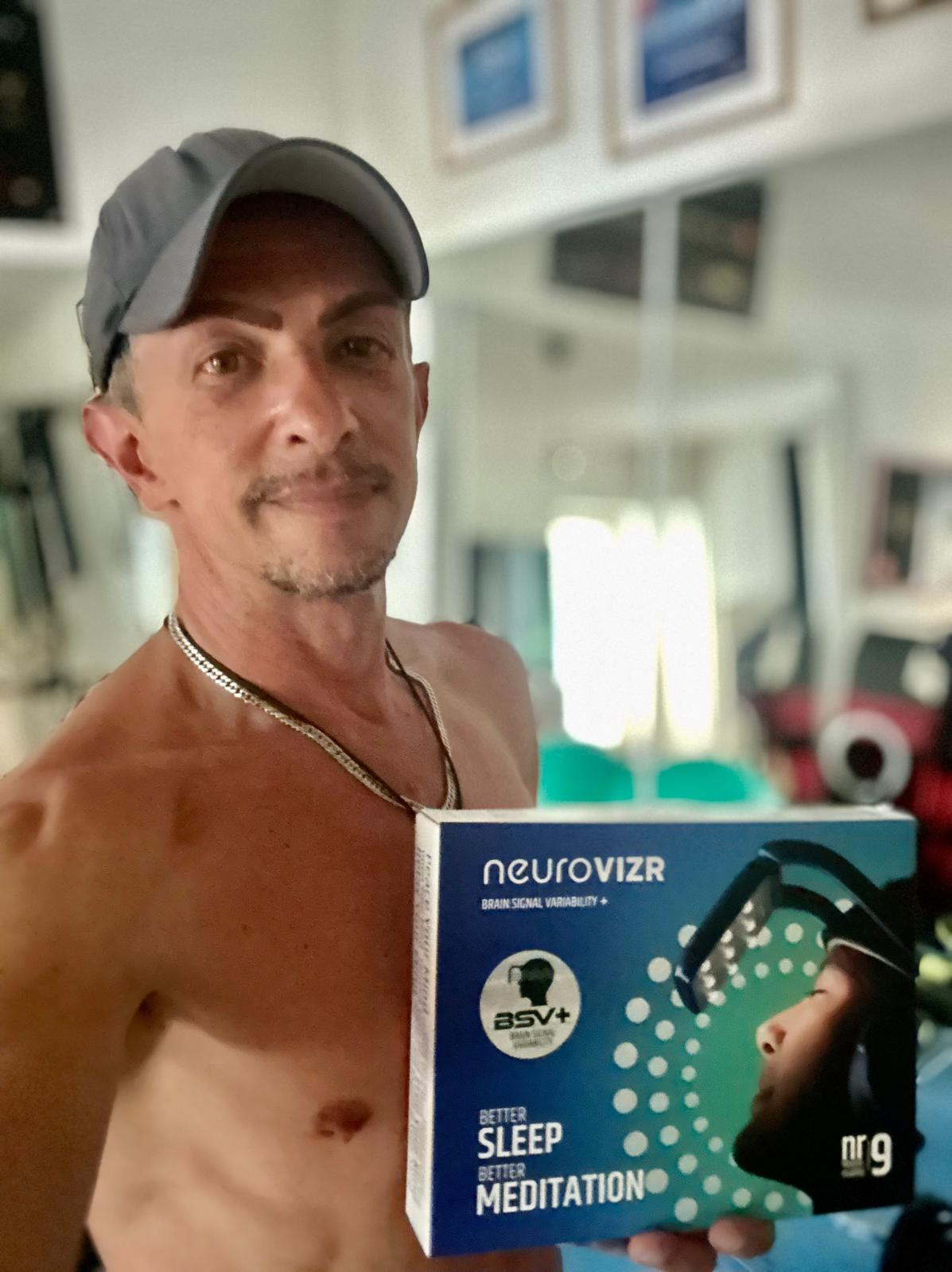
Partager:
The Quiet Power of Subcriticality: How Calm States Strengthen the Brain
Sleep and Rest with a Busy Brain on a Spinning Planet: Finding Balance in Motion